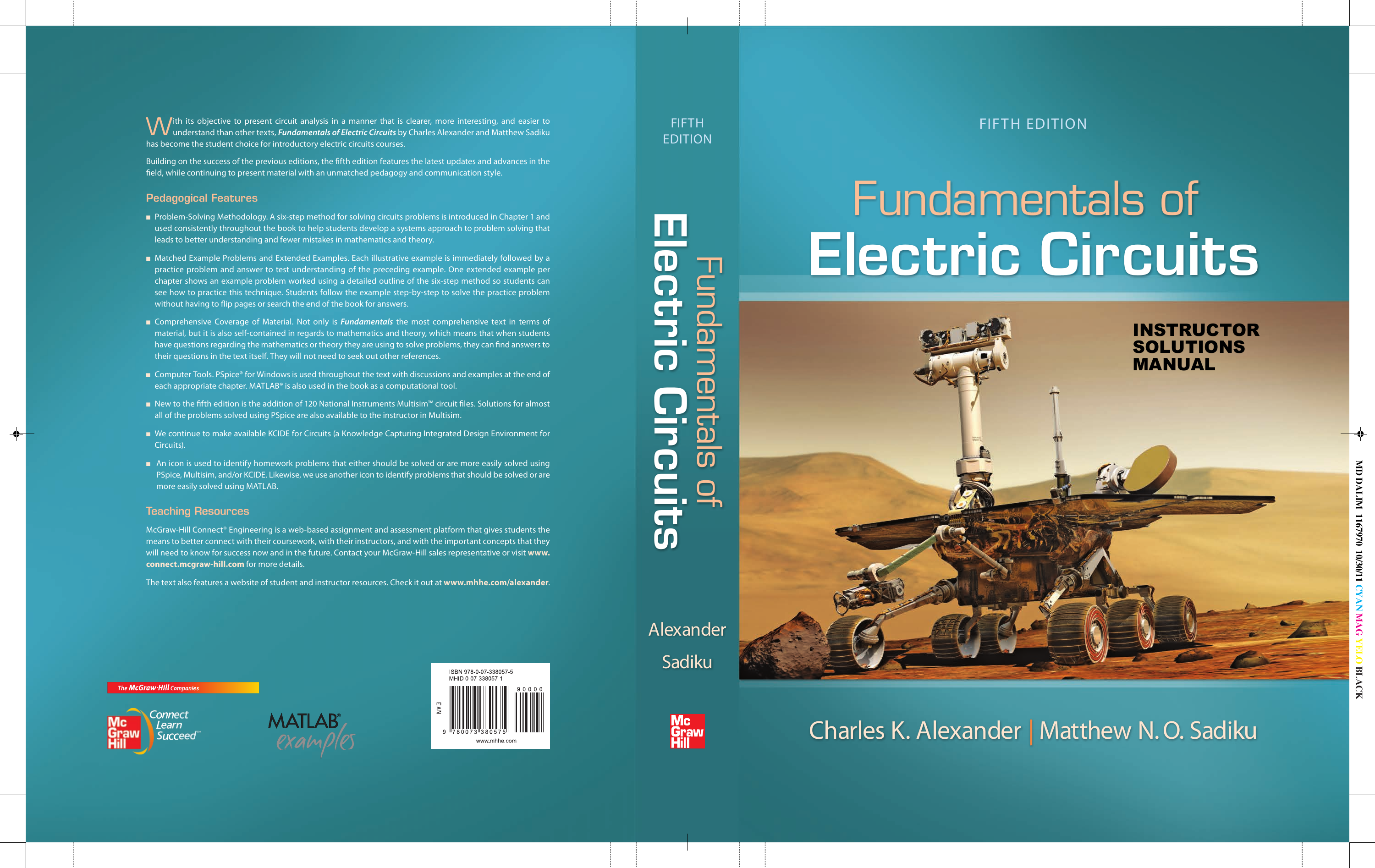
Let us take the above image with structure of SCR as a reference. Let us discuss some of the SCR Turn On methods in brief. There are various methods to trigger the SCR so that it comes into the ON state. The criteria for triggering the SCR depends on the several variables like supply voltage, gate current, temperature, etc. Switching the SCR from forward blocking state (OFF – state) to forward conduction state (ON – state) is known as Turning ON process of SCR. There are other states but these two are important and hence we will focus only on these two states. The SCR has two stable states namely, Forward Blocking State and Forward Conduction State. Unlike Transistor, which can act as a Switch but also as an amplifier, the SCR is only a switch that is either ON or OFF. The inner ‘p’ region is connected to the third terminal called the Gate (G).Īn SCR is essentially a Switch. The outer ‘p’ region is connected to the Anode (A) and the outer ‘n’ region is connected to the Cathode (K). SCR is made up of four alternate layers of p-type and n-type semiconductor material. The following image shows the structure and symbol of a typical SCR. An SCR, which is an important member of the Thyristor family, is a semiconductor device with four layers, three junctions and three terminals.

Resistance – Capacitance (RC) Firing Circuitīefore looking at the different ways to turn on an SCR i.e., the different SCR turn ON methods, let us quickly recap some important basics of a Silicon Controlled Rectifier or simply known as SCR.Dynamic Turn ON Switching Characteristics of SCR.


 0 kommentar(er)
0 kommentar(er)
